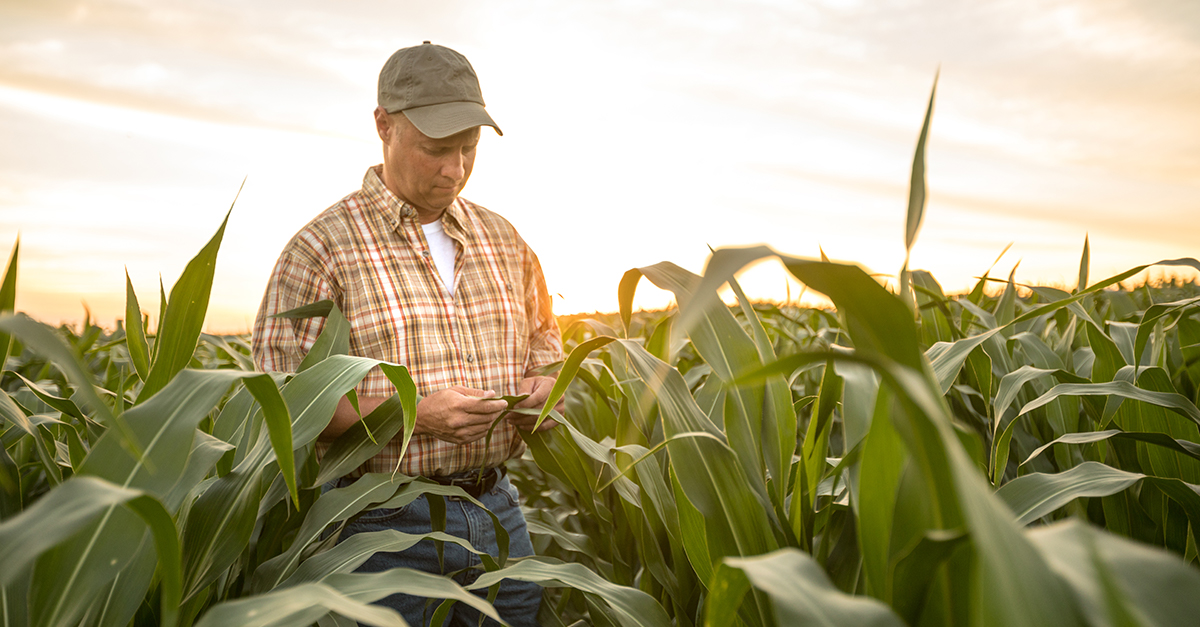Dicamba Update: 5 More Quick Tips for Dicamba Application Season
With most of the country mired in snow and/or mud-bogged fields ripe with moisture from a precipitous winter, I think it’s safe to say that we’re a good ways out from spring planting getting underway. Therefore, we’ve got some time to study, study, study that new 2019 dicamba label before applications need to take place.
With that in mind, here’s five more aspects of the updated 2019 dicamba federal label to keep in mind when planning and making applications this spring (be sure to check out these tips as well):
- Record Keeping Requirements Beefed Up: According to Purdue University’s 2019 Dicamba FAQ web publication, record keeping requirements have changed for 2019. “While in 2018 the applicator had 14 days to create application records for each spray job, that window has been bumped up significantly to three days (72 hours) after application.” Additionally, Purdue experts indicate “the 2019 records must also include the target crop planting date, the buffer distance calculation, and a record of the time during the application that spraying was stopped due to shifting wind directions or wind speeds.”
- DriftWatch.org Features New CropCheck Directory: Purdue advises that “a new FieldWatch feature called CropCheck will allow growers to map row crops like soybeans, cotton, and corn that may be sensitive to some nearby pesticide applications. Access CropCheck through www.driftwatch.org. Note that checking CropCheck for nearby non-DT row crops does not eliminate the requirement for the applicator to ensure those neighboring crops are dicamba-tolerant before application.”
- The 2019 references ‘Sensitive areas’ on the label…what does that mean? The Purdue FAQ states that “sensitive areas are different from sensitive crops or sensitive residential areas. Sensitive areas include bodies of water and nonresidential, uncultivated areas that may harbor sensitive plant species. Sensitive areas also include endangered species protection areas. Applicators are required to consult http://www.epa.gov/espp/ to determine if they intend to apply in a county with dicamba-protected endangered species.”
- I’ve got some Engenia, FeXapan, or Xtendimax left over from 2017 or 2018….can I apply those products under the old label requirements? Purdue is quite clear on this one. No. “You cannot use the old previous year label directions. You must follow the 2019 label directions,” according to Purdue. “Additionally, applicators cannot use the old-labeled product unless it has been relabeled with the 2019 label.”
- I did this dicamba training last year, I’m not sitting through this again! Wrong again, according to Purdue. “Even if you received MANDATORY DICAMBA TRAINING last year, you must complete it again this year and next year to be able to legally purchase and use these products. In addition, starting in 2019, you must be a fully certified and licensed commercial applicator (Category 1) or a private applicator to purchase or use these products.”
0
1
5
Dicamba Update: 5 More Quick Tips for Dicamba Application Season






